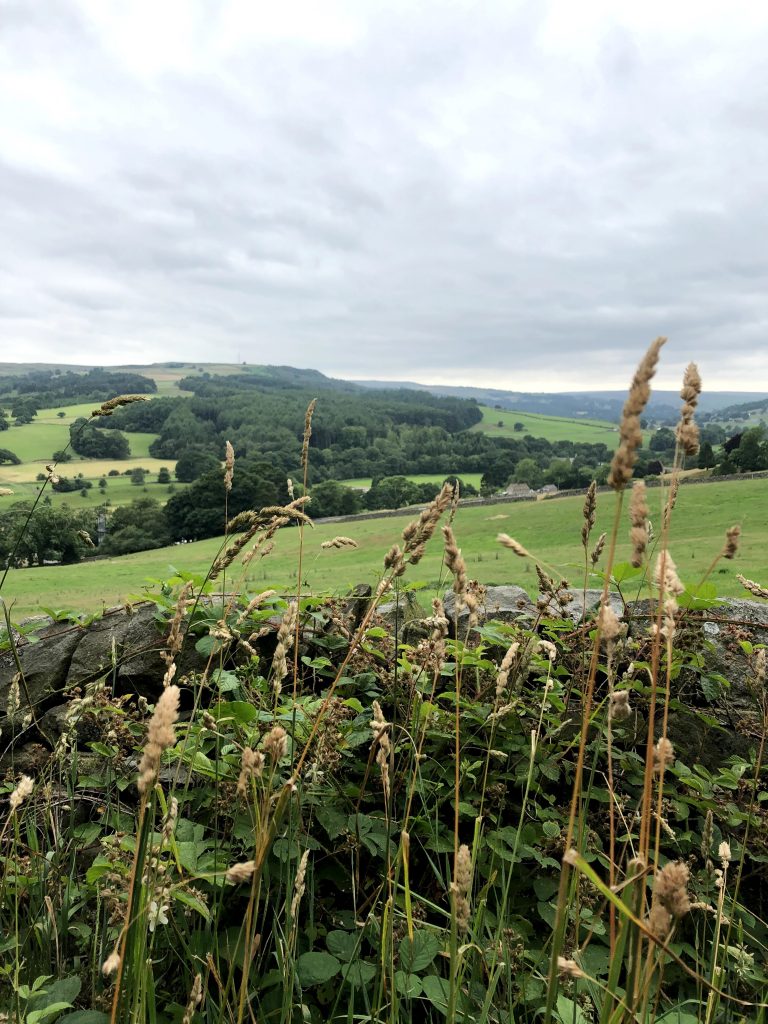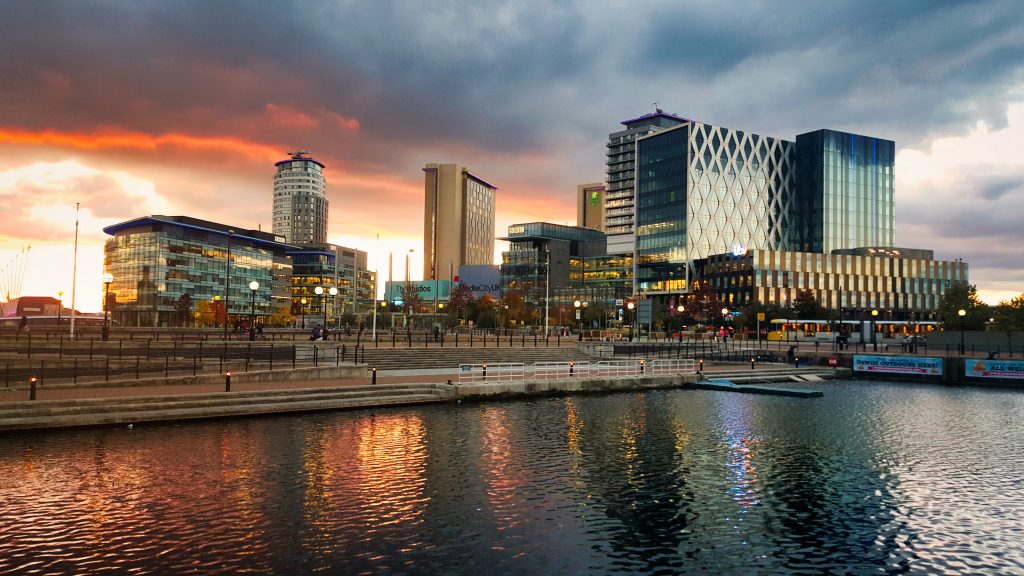Historically, Bosnia and Herzegovina been a meeting point of different cultures and nationalities, from the west and the east. All have left indelible marks on how the locals live, including their cuisine. Bosnian food ranks among Eastern Europe’s best with influences from the Ottomans and the Mediterranean. Austria ruled over this region from the late 1800s to the early 1900s bringing a decidedly central European twist and flavour to the local cuisine.
Bosnians, like the rest of the Balkan region, eat lots of meat, a fact you will see in most of the traditional food from Bosnia. Although it’s often joked that Bosnia is not a place for vegetarians, this a somewhat rather exaggerated. While traditional food usually contains meat, they also use lots of veggies.
Bosnia, with its fascinating cultural history, has a rich and varied local cuisine that has also been infused with external influences. For food lovers, the Balkans as a whole is a treasure waiting to be discovered in terms of the rich and hearty cuisine, with some traditional recipes that go back centuries.
Having said that, during our travels across the country, we discovered, and enjoyed, a diversity of unique and tasty dishes that you will only find in Bosnia.
Table of Contents
- Unique Bosnian Food You Must Try
- Ćevapi, the Bosnian National Food
- Bosanski Lonac, the Popular Bosnian Pot
- Kalji, the Traditional Bosnian Stew
- Đuveč Oven Baked Meat and Vegetable Stew
- Burek, the Handy Bosnian Pie
- Baklava, the Sweet after Dinner Treat
- Jabukovača a Traditional Bosnian Apple Pie
- Begova Čorba, the Slow-Cooked Bey’s Stew
- Grah, the Unique Bosnian Bean Soup
- Čimbur s Mesom, Baked Ground Meat & Eggs
- Somun, the Mouth-Watering Flatbread/Pita Pie
- Try the Different Types of Dolma
- Roasted Chestnuts, the Inexpensive Snack
- Kadaif/Kadayif, the Versatile Dessert
- We Cannot Forget Bosnian Drinks and Beverages
Unique Bosnian Food You Must Try
Besides the historical and cultural landmarks of Bosnia, visitors will love Bosnian food. We discovered one unique thing that tends to set their cuisine apart; Bosnians rarely use special sauces, and when used, it’s in very moderate quantities. Instead, traditional food from Bosnianis cooked slowly using its own natural juices. This allows the individual ingredients and their flavour to shine through.
As we discovered during our travels across the country, although legumes and vegetables are present in the Bosnian diet, there is a particularly strong meat-eating tradition here. Some places like Sarajevo’s Turkish District almost exclusively serve meat-based dishes. Don’t be surprised to discover that even the so-called traditional Bosnian vegetarian dishes like rice and beans or Grah are actually prepared with smoked meats or pork products.
But don’t panic though. In this country, there are also many delicious vegan dishes that will bring in gastronomic sighs from you. Their desserts are tasty and fresh as most are prepared with locally sourced ingredients. Because Bosnian cuisine is largely based on meat, bread, and dairy products, you may think it’s rather heavy but that is nicely balanced by its rich taste.
In our list of foods to try when in Bosnia, you are certain to get several that will leave you hankering for more.
Let’s dive in!
Ćevapi, the Bosnian National Food
Cevapi, is undoubtedly Bosnia’s national dish. These are oblong-shaped small kebabs made from beef and lamb. They are typically served with Bosnian pita bread known as Somum and raw onions. You will not have to look far for this popular Bosnian food is sold in most restaurants across the country. The locals consume Cevapi as a snack, for lunch, and for dinner. Often, it’s served as a set of 8 to10 pieces and besides the onions and Somum, it can also come with sour cream.
The interesting part is that there are numerous varieties of this food. A unique version of this hugely popular Bosnian food is Sarajevski Ćevapi. As the name suggests, this version hails from the City of Sarajevo. These may be made exclusively with ground beef, pepper, and salt, although other additions may be added for more flavour.
Bosanski Lonac, the Popular Bosnian Pot
This is a dream come true if you love meat and cabbage. The Bosnian pot is a dish whose origins go back to medieval Bosnia; it said to have been a favourite meal of the local miners. When prepared in its most traditional variant, Bosnian pot it is cooked in a clay pot for several hours with nearly zero spices. This allows the vegetables and meat to attain the best natural flavour possible.
Today, the meal is prepared in metal pots, and besides the traditional ingredients of meat and cabbage, others include potatoes, tomatoes, onions, garlic, eggplant, and paprika. Although the modern version of the Bosnian pot is more complex when compared to the medieval one, nonetheless the original tradition lives on, and you will love it.
Kalji, the Traditional Bosnian Stew
An old peasant traditional food from Bosnia, Kalji is also popular in neighbouring countries of Serbia and parts of Croatia. In the past, Kalji was prepared made using a mix of sheep or lamb meat and cabbage or other available vegetables. Today, however, it’s mostly prepared with lamb or veal, cabbage, carrots, tomatoes, garlic, and onions.
The preparation method? The stew is allowed to simmer until the meat is tender. Traditionally, Kalji is served without side dishes, but it’s accompanied by a few slices of bread or a dollop of sour cream. You will love this dish if your visit to Bosnia coincides with the chilly winter days as it very warming.
Đuveč Oven Baked Meat and Vegetable Stew
Also known as Djuvec, thisoven-baked stew is traditionally made in an earthenware pot hence the name of the dish, Duvec. The meats used in Đuveč can include lamb, chicken, or pork, sometimes fish or beef. The vegetables are typically tomatoes, onion, peppers, potatoes, eggplant, zucchini (courgettes), carrots, and peas. The dish is flavoured with paprika, vinegar, and other herbs.
Burek, the Handy Bosnian Pie
A tasty, readily available yet cheap snack is “Burek”. This is a pastry prepared with filo dough and then stuffed with meat (Burek), spinach, cheese, potatoes or apple. Depending on the filling used, the name of the Burek pastry changes.
You may want to master the different types of this pastry to get the one that appeals to your palate. Burek is called sirnica when filled with cottage cheese, a spinach plus cheese version is called zeljanica, while a potato-filled one is krompiruša. All of them, however, are generically referred to as Pita, “pie” in Bosnian.
Traditionally, this meat-filled flaky pastry is rolled in a spiral shape and then cut into sections for easy serving. What’s so handy about this dish? You can eat it at any time of day, including breakfast. You will notice that this is particularly popular with Bosnian Muslims when breaking the fast during the Ramadan period.
Huge Burek portions can be bought from nearly every bakery in the country for just a couple of Bosnian convertible marks.
Baklava, the Sweet after Dinner Treat
A rich, sweet pastry, Baklava is made of layers of flaky pastry filled with chopped nuts held together with honey or another sweet syrupy alternative. Similar to burek, this sweet Bosnian food is of Turkish origin and each local region has its speciality.
Baklava is awesome as a finish to any meat-heavy main dish because of its sweetness. We loved it when served at room temperature. And the best thing is that you can find Baklava in nearly every Bosnian bakery as a take-away to be enjoyed later after dinner.
Jabukovača a Traditional Bosnian Apple Pie
This is a traditional food from Bosniathat originates from Sarajevo City. Though made just like Baklava, this a sweeter pie. Jabukovača is a thin dough spread with a sweet combination of sugar, chopped apples, lemon juice, vanilla sugar, and walnuts.
How is it prepared? The dough is rolled and then set in a baking tray. How is Jabukovača served? It’s usually cut into small slices and then doused in a mix of honey, sugar, and lemon juice, known as sherbet. If you are a traveller who loves street food, then this Pita is perfectly in your line.
Begova Čorba, the Slow-Cooked Bey’s Stew
Begova čorba is one of the most popular soups in Bosnia. Known as Bey’s Soup in English, it has its origins from Ottoman days as it was a favourite then. To be honest we think this is more of a stew than a soup. You will love this slow-cooked chicken and vegetable stew. Ingredients include potatoes, carrots, and celery.
The extended boiling results into a creamy, thick, and warm appetizer. Often, Bey’s is served with a sour sauce or cream in a clay bowl. Look out for this Bosnian speciality that is common during festivities and holidays.
Grah, the Unique Bosnian Bean Soup
Bosnian cuisine always has a surprise dish. Imagine taking a warm soft beans soup in a clay bowl, particularly on a chilly day in winter? A traditional Bosnian bean soup, Grah has Peruano beans being the main ingredients but its served together bell peppers, carrots, and onions. Slow-cooked beef is often added to the Grah soup to create a warm and healthy meal for any day.
Of course, there are several other various types of soups across Bosnia that will also leave your stomach relaxed.
Čimbur s Mesom, Baked Ground Meat & Eggs
This Bosnian food is made with eggs and ground meat. It’s also simply known as čimbur, but don’t confuse it with another egg-based dish that bears a similar name. How is it made? The meat gets sautéed with ground paprika, onions, tomatoes, and tomato sauce. Whole eggs are then cracked on top of the ground meat, and these are slowly baked.
Besides ground paprika, occasionally, melted butter is drizzled over the eggs. This traditional Bosnian dish serves well as a main course or as a filling breakfast. Enjoy Čimbur s mesomwith bread on the side.
Somun, the Mouth-Watering Flatbread/Pita Pie
Not to be confused with Čimbur s mesom, described above, Somun is a Bosnian flatbread that resembles pita bread, often served with Cevapi. The chewy bread dates back to the Ottomans who reigned over the region for five centuries. A typical household bread in Bosnia it has numerous variants.
At its most basic, Pita pie is made of very fine paste that has been filled with meat, vegetables, cheese, and herbs. Omnipresent in most Bosnian homes during the holidays, today it has also become a great street food.
Try the Different Types of Dolma
Though the name Dolma is derived from soğan dolması, which is Turkish and translates to stuffed onions, this particular dish forms part of traditional Bosnian food. The Bosnian dolma stuffs rice or meat into eggplants, bell peppers, or zucchini. The meat dolma is best when eaten warm accompanied by a lemon-based sauce.
Don’t want meat? Then go for rice dolma that is served at room temperature with a garlic sauce. Whatever version you choose, you may want to add a scoop of yoghurt, sour cream or lemon wedges, and eat it together with bread.
Roasted Chestnuts, the Inexpensive Snack
A common sight you are likely to see on the streets of Sarajevo and other major cities are vendors busy selling roasted chestnuts. You probably associate this treat with the Christmas season but in Bosnia, these delicious and inexpensive snack is literally on sale throughout the year.
They are roasted over a fire in a large rectangular pan. They make a great snack as you can buy a handful for a couple of Bosnian convertible marks. In Sarajevo, we saw street vendors over all the place especially in Baščaršija the Old Town quarter.
Kadaif/Kadayif, the Versatile Dessert
This dessert has Turkish origins but the Bosnians have adopted it and is now accepted as a signature local dish. Bosnians typically enjoy kadaif on special occasions and you can pair it with a strong cup of Bosnian coffee. The dessert combines shredded kadayıf dough with a nut filling, usually chopped walnuts.
How is kadaif prepared? Though you may find rolled varieties, typically, kadaif is layered. The nut filling is placed between double layers of kadayıf threads that are butter-coated. When baked, it’s saturated in a lemon-flavoured syrup, occasionally cloves or cinnamon enriched.
We Cannot Forget Bosnian Drinks and Beverages
Bosnian food is not complete without a drink of some sort. That’s why we are including several drinks and beverages on our list of traditional food from Bosnia. For example, Bosnian coffee forms such an integral part of the local culture that it must be mentioned. It comes strong and black, typically served in a small cup with a sugar cube or a sweet side.
What if coffee is too soft for your liking? Drinking Pivo, local beer is rated by some just as highly as eating the national dish. Leading Bosnian beers includes Mostar’s Hercegovacka pivovara, Sarajevo in Bosnia, and Republika Srpska’s Nektar.
In Sarajevo? Then make it a point to check out the famous Sarajevo Brewery, taste the beers and also learn how this facility assisted locals to survive during the brutal Bosnian War.









Leave a Reply